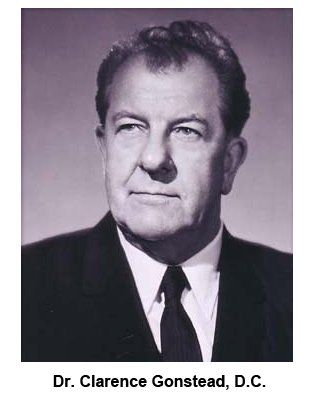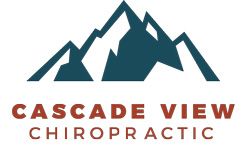Chiropractic Care for Back Pain


People often want to try the kind of conservative approaches that chiropractors provide first. In fact, this is what many clinical care guidelines recommend. So before trying treatments like injections or surgery for back pain, they may want to consider things like chiropractic care, physical therapy, or acupuncture. Much of the time, back pain resolves with those kinds of treatments.
How do I know if my back pain
is kidney related?
Unlike back pain, which usually occurs in the lower back, kidney pain is deeper and higher up the back. The kidneys can be found underneath the ribcage, on each side of the spine. Pain from the kidneys is felt in the sides, or in the middle to upper back (most often under the ribs, to the right or left of the spine).
What is the most common cause of back pain?
Many injuries, conditions and diseases can cause back pain. They include:
- Strains and sprains: Back strains and sprains are the most common cause of back pain. You can injure muscles, tendons or ligaments by lifting something too heavy or not lifting safely. Some people strain their back by sneezing, coughing, twisting or bending over.
- Fractures: The bones in the spine can break during an accident, like a car crash or a fall. Certain conditions (such as spondylolysis or osteoporosis) increase the risk of fractures.
- Disk problems: Disks cushion the vertebrae (small spinal bones). Disks can bulge from their position in the spine and press on a nerve. They can also tear (herniated disk). With age, disks can get flatter and offer less protection (degenerative disk disease).
- Structural problems: A condition called spinal stenosis happens when the spinal column is too narrow for the spinal cord. Something pinching the spinal cord can cause severe sciatic nerve pain and back pain. Scoliosis (curvature of the spine) can lead to pain, stiffness and difficulty moving.
- Arthritis: Osteoarthritis is the most common type of arthritis to cause back pain. Ankylosing spondylitis causes back pain, inflammation and stiffness in the spine.
- Disease: Spine tumors, infections and several types of cancer can cause back pain. Other conditions can cause back pain, too. These include kidney stones and abdominal aortic aneurysm.
- Spondylolisthesis: This condition causes the vertebrae in the spine to slip out of place. Spondylolisthesis leads to low back pain and often leg pain as well.If you have back or neck pain due to osteoarthritis, chiropractic is one of the safest therapies you can use, explains Scott Haldeman, MD, a neurologist in Santa Ana, California and Chairman Emeritus of the Research Council for the World Federation of Chiropractic. But if you have an inflammatory disease, like rheumatoid arthritis, psoriatic arthritis or ankylosing spondylitis, you are going to need to be more careful.
Low back pain can result from many different injuries, conditions or diseases — most often, an injury to muscles or tendons in the back.
Pain can range from mild to severe. In some cases, pain can make it difficult or impossible to walk, sleep, work or do everyday activities.
Usually, lower back pain gets better with rest, pain relievers and physical therapy (PT). Cortisone injections and hands-on treatments (like osteopathic or chiropractic manipulation) can relieve pain and help the healing process. Some back injuries and conditions require surgical repair.
For some ways to manage low back pain at home, we’ve included our top recommendations to keep moving, stretch and strengthen your core, good posture and more.


